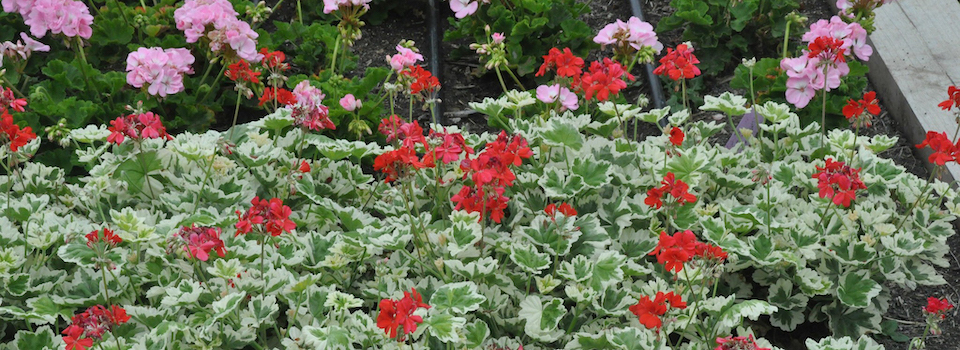
Some plants growing in home landscapes may be difficult to identify or differentiate from similar looking plants, says K-State horticulture expert Cynthia Domenghini.
How to submit samples to identify unknown plants
Live plant samples and photos can help experts identify home landscape plants
At a glance: K-State horticulture expert Cynthia Domenghini offers tips to submit plant samples for identification.
More information: Cynthia Domenghini, cdom@ksu.edu
Related: K-State Horticulture Newsletter
Oct. 23, 2024
K-State Research and Extension news service
MANHATTAN, Kan. – Some plants growing in home landscapes may be difficult to identify or differentiate from similar looking plants. Kansas State University horticulture expert Cynthia Domenghini says she often receives questions related to identifying landscape plants.
She has a few tips to help homeowners accurately identify plants.
“There are many smart phone apps available that can sometimes accurately identify plants through photos,” Domenghini said. “Your local extension office is a great resource, especially if you provide a complete plant sample for identification.”
Domenghini urges homeowners to consider these tips as they prepare a sample for identification of the plant itself, or to help diagnose causes of damage:
- For small plants, include as much as possible: roots, stems, leaves, flowers and fruits.
- Gently shake loose soil from the roots, but do not wash roots.
- Prevent wilting by placing roots in a plastic bag and keep them moist.
- Stems, leaves and other above-ground growth can be covered in newspaper, not plastic.
- Harvest the sample as close to the day you will deliver it as possible.
- For trees, shrubs and vines include a branch, approximately 1-2 feet in length, with several buds/leaves.
- Store plant sample(s) in a box in a cool, dark location until it is delivered to prevent wilt.
When submitting photos:
- Include a photo of the entire plant and growing site.
- Include a photo of the leaves, stems, buds, fruit and flowers up close.
- Show how large the plant parts are by including a scaling item, such as a ruler, next to the plant part(s).
- Ensure photos are in-focus.
- If the plant has symptoms of disease or pest damage, include images of healthy and unhealthy plant material.
- Include a photo of the plant against a solid background so the plant stands out.
“Sending in photos to accompany a live sample is a great way to show the surroundings where the specimen is growing and can aid in identification,” Domenghini said. “In general, include enough information in your plant sample, whether live or digital, to tell a complete story for the best chance of accurate identification.”
Domenghini and her colleagues in K-State’s Department of Horticulture and Natural Resources produce a weekly Horticulture Newsletter with tips for maintaining home landscapes and gardens.
Interested persons can subscribe to the newsletter by emailing hortsupport@ksu.edu. For garden and yard-related questions, contact your local K-State Research and Extension office.
***

K‑State Research and Extension is a short name for the Kansas State University Agricultural Experiment Station and Cooperative Extension Service, a program designed to generate and distribute useful knowledge for the well‑being of Kansans. Supported by county, state, federal and private funds, the program has county extension offices, experiment fields, area extension offices and regional research centers statewide. Its headquarters is on the K‑State campus in Manhattan. For more information, visit www.ksre.ksu.edu. K-State Research and Extension is an equal opportunity provider and employer.